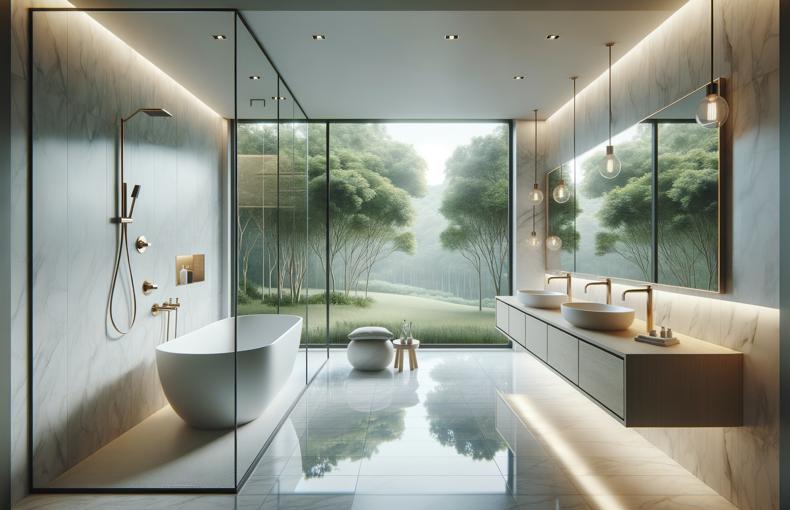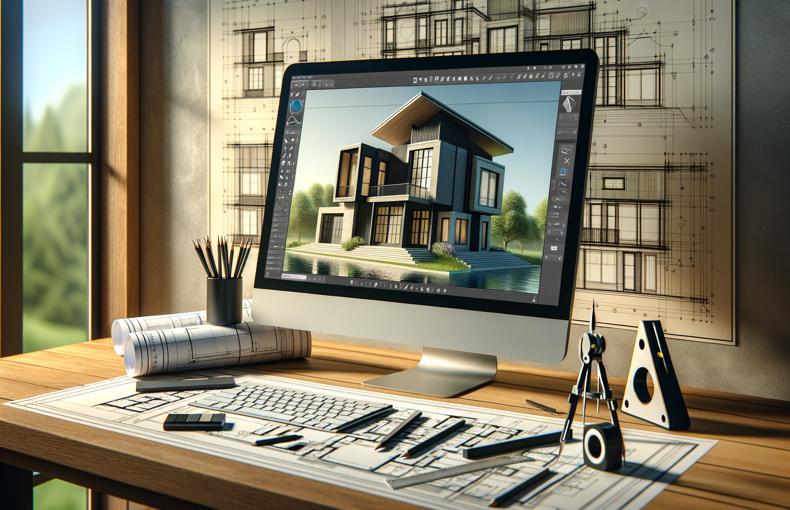Transform Your Master Bath: Explore the Best Styles, Shapes, and Sizes for a Luxurious Retreat
Designing a master bath is an exciting opportunity to create a personal oasis that combines functionality with luxury. Whether you have a spacious area or a cozy corner, the right design can make all the difference. In this post, we'll explore various styles, shapes, and sizes to help you craft the perfect master bath that suits your taste and needs.
1. Styles of Master Baths
Modern Minimalist:
- Features: Clean lines, neutral colors, and sleek fixtures.
- Materials: Glass, chrome, and natural stone.
- Benefits: Easy to maintain, creates a sense of space and tranquility.
Classic Elegance:
- Features: Ornate fixtures, vintage elements, and a warm color palette.
- Materials: Marble, brass, and wood.
- Benefits: Timeless appeal, luxurious ambiance.
Rustic Charm:
- Features: Natural materials, earthy tones, and handcrafted elements.
- Materials: Wood, stone, and wrought iron.
- Benefits: Cozy and inviting, brings the outdoors in.
Spa-Inspired Retreat:
- Features: Soothing colors, large soaking tubs, and nature-inspired elements.
- Materials: Bamboo, pebble tiles, and soft textiles.
- Benefits: Relaxing atmosphere, promotes wellness and relaxation.
2. Types and Shapes of Master Baths
U-Shaped:
- Layout: Fixtures arranged along three walls, creating a U shape.
- Ideal for: Larger spaces, allowing for separate zones (e.g., vanity, tub, shower).
L-Shaped:
- Layout: Fixtures along two adjacent walls, forming an L.
- Ideal for: Medium-sized bathrooms, maximizing corner space.
Linear:
- Layout: All fixtures along one wall.
- Ideal for: Narrow spaces, creating a streamlined look.
Open Plan:
- Layout: Minimal walls or partitions, often incorporating the bedroom.
- Ideal for: Modern homes, enhancing the sense of space and light.
3. Sizes and Customization
Compact Master Baths:
- Size: Under 100 square feet.
- Key Considerations: Efficient use of space, multi-functional fixtures (e.g., combined shower/tub), and ample storage.
- Design Tips: Use light colors, mirrors, and glass to create the illusion of space.
Medium-Sized Master Baths:
- Size: 100-150 square feet.
- Key Considerations: Balance between luxury and functionality, room for a separate shower and tub.
- Design Tips: Incorporate built-in storage, a double vanity, and creative lighting.
Large Master Baths:
- Size: Over 150 square feet.
- Key Considerations: Luxurious features, such as a freestanding tub, spacious shower, and seating area.
- Design Tips: Use statement pieces, like a chandelier or bold artwork, to enhance the space.
4. Innovative Features to Consider
- Smart Technology: Touchless faucets, smart mirrors, and programmable showers.
- Eco-Friendly Options: Water-saving fixtures, recycled materials, and energy-efficient lighting.
- Wellness Features: Steam showers, heated floors, and integrated sound systems.
5. Design Inspiration and Trends
Biophilic Design:
- Emphasizes connection to nature with plants, natural light, and organic materials.
Monochrome Palettes:
- Use varying shades of one color for a sophisticated, cohesive look.
Mixed Metals:
- Combine different metal finishes (e.g., gold and black) for a contemporary feel.
Statement Tubs:
- Freestanding tubs as focal points, available in unique shapes and materials.
Conclusion
Designing your master bath can be a transformative project, turning a functional space into a luxurious retreat. By exploring different styles, shapes, and sizes, you can create a personalized sanctuary that reflects your taste and enhances your home's value. Happy designing!











